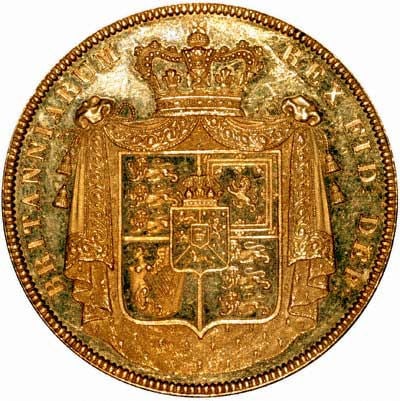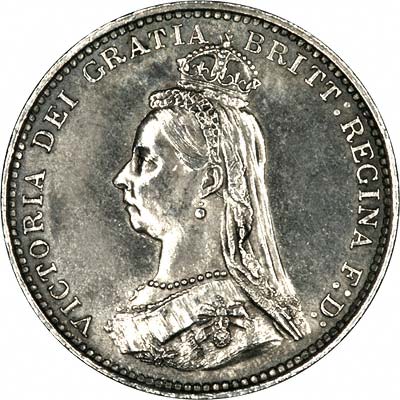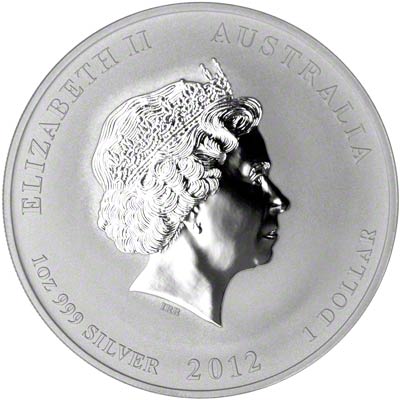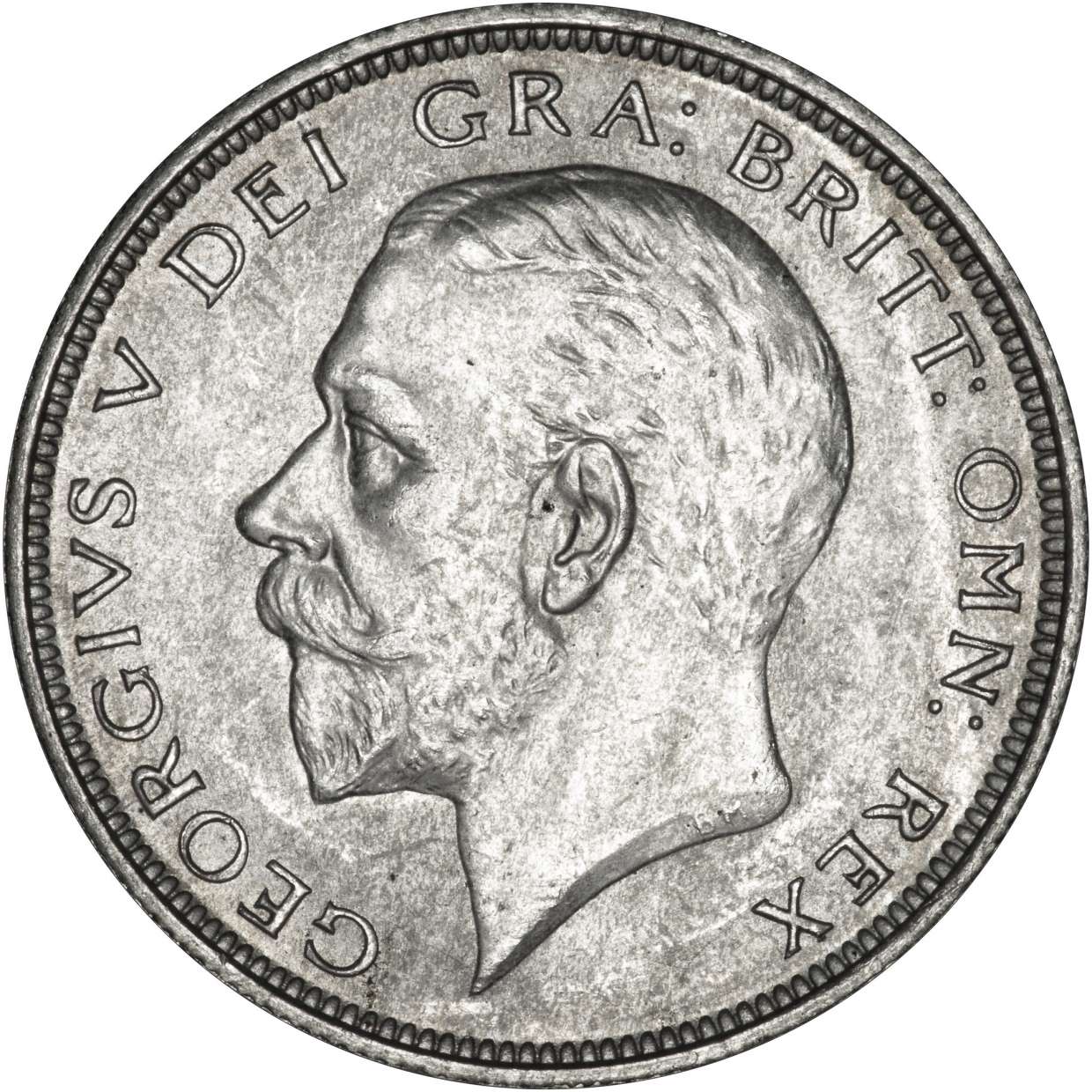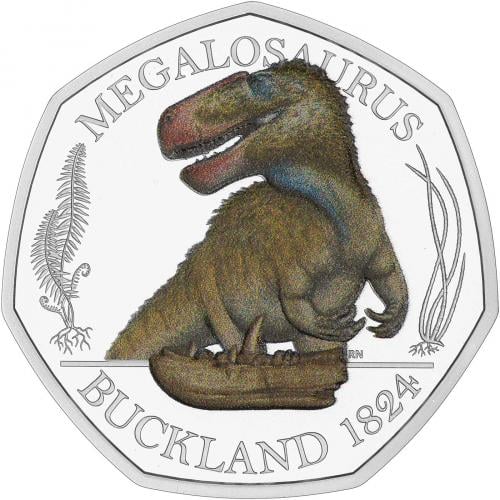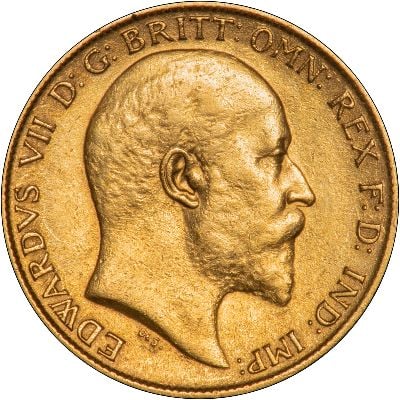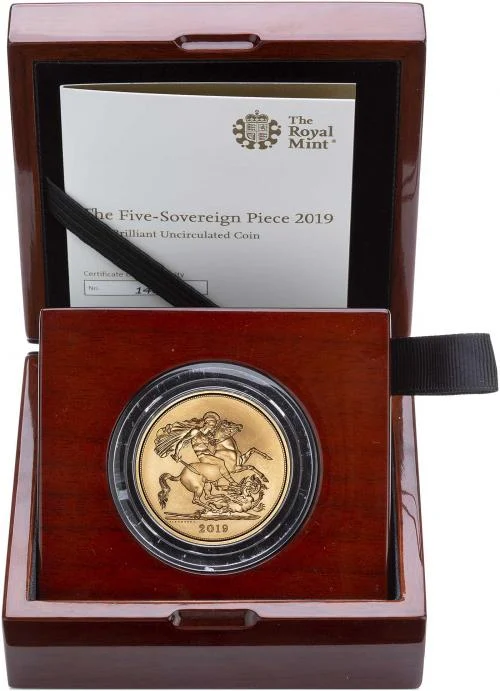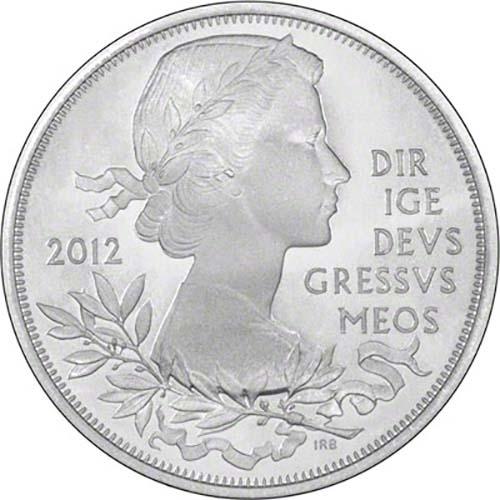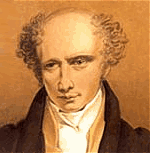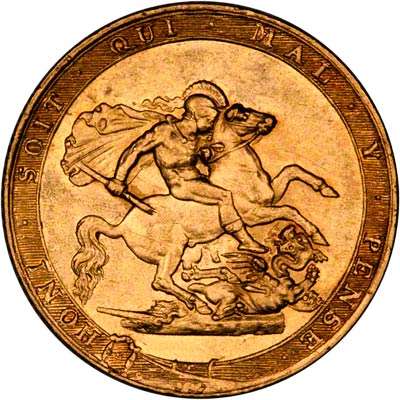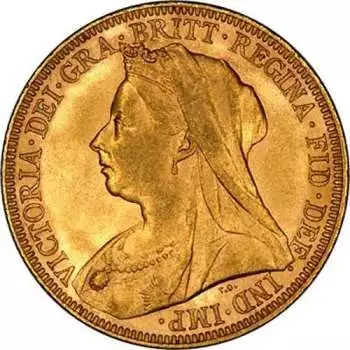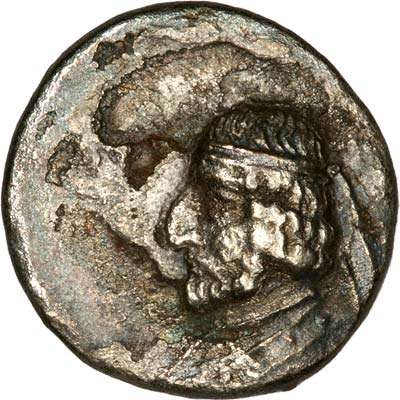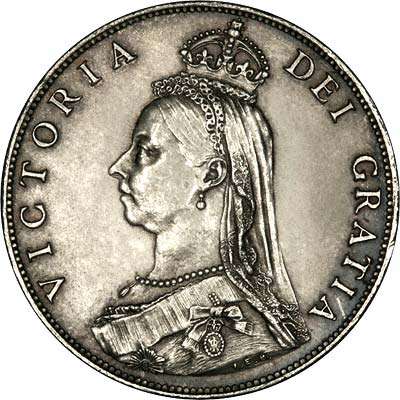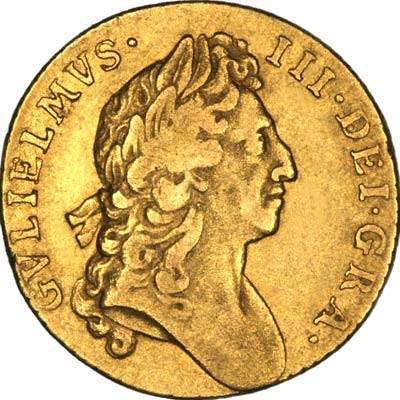SSC Provenance Mark on British Coins
Synopsis
Some 1723 silver denominations feature the initials SSC in the reverse field. Coins taken from Chard's stock.
The letters 'SSC' Denote Silver Provided by the South Sea Company
Provenance marks on English/British coins are unusual, but not unknown. There are several different provenance marks which indicate the source of the metal used to strike certain coins.
Provenance Marks on British Coins
Under Charles II, and as early as 1662, a rose was used as a provenance mark on silver coins made using silver from mines in the West of England. This was placed under the bust of the King. The practice of using provenance marks was used earlier on the coins of Charles I, when silver coins struck at Aberystwyth using silver from Welsh mines was marked with a prominent plume of feathers.
'SSC' as a Provenance Mark
In 1723, the Notorious South Sea Company was contracted to supply the silver used to strike some of the silver coins for that year. This company had been at the epicentre of one of the world's most disastrous financial crises.

The South Sea Company had been granted a charter to trade with the Spanish colonies in South America, and the company vastly over-inflated its share price by giving the impression to shareholders, the government, and the public that its potential for growth was larger than it actually was. In fact, its opportunities were limited by the restrictions put upon it by the King of Spain, who only permitted one ship per year carrying a cargo of no more than 500 tons to land in a Spanish-controlled port, on top of which he demanded a hefty cut of the profits.
By 1720, share prices had reached an astonishing £1,000 per share (unadjusted for modern-day inflation!), but doubts about the profitability of the company crept in, and shareholders started to doubt the viability of the company, with the result that share prices collapsed as shareholders tried to get rid of their shares before they became worthless. The scandal resulted in the imprisonment of John Aislabie, the Chancellor of the Exchequer, and many of the company's directors. However, the company itself survived until the 1850s, helping to manage the government debt it had taken on before the collapse in its share price.
The contract to supply the silver was possibly an attempt by the government to support the viability of the company in the wake of the disaster.
Other Provenance Marks
Other provenance marks used on British coins were:-
| Mark | Origin |
| Plumes / Feathers | Wales |
| Roses & Plumes | Company for Smelting Down Lead with Pit Coale and Sea Coale |
| Roses | Silver from the West of England Mines |
| WCC | Welsh Copper Company |
| LIMA | Lima, Peru |
| Elephant & Castle | The Africa Company |
| VIGO | Captured from the Spanish at the Battle of Vigo Bay |
We also have a page dedicated to Provenance Marks on British Coins
If you want to find the value of a coin you own, please take a look at our page I've Found An Old Coin, What's It Worth?
Related Blog Articles
This guide and its content is copyright of Chard (1964) Ltd - © Chard (1964) Ltd 2024. All rights reserved. Any redistribution or reproduction of part or all of the contents in any form is prohibited.
We are not financial advisers and we would always recommend that you consult with one prior to making any investment decision.
You can read more about copyright or our advice disclaimer on these links.



